“When I was a boy, I wanted to travel and see the world… but then I found Rome and found my world.”
– Federico Fellini
My final stop Rome– ‘The Eternal City’–
Whenever you need a very quick high, all you have to do is walk the streets of Rome– with its seemingly crazed, screaming honking- drivers, towering crumbling edifices, iconic fountains and cathedrals and those Spanish Steps that lead to forever.
Turning down a quaint, flower-box filled alleyway into the historic piazza Campo de’ Fiori, I walked toward Federico Fellini’s colorful looking apartment building (and a few doors down, Audrey Hepburn’s old digs.) During my walk, I was beginning to understand a bit of what this ancient city had fed into Fellini’s night- time dreams that later he brilliantly transformed into his iconic films (i.e. La Dolce Vita, 8 ½ and Roma) When the young Federico moved into his Campo de’ Fiori red splashed building at 18 years of age, it was just the beginning of his wild, lifetime love affair with this dramatic, almost ‘operatic’ city. Across town, I later stopped by another of my Italian idols’ residence– quietly stepping into the great Anna Magnani’s elegant apartment lobby. As I gazed around, I saw the doorman walking toward me …I smiled, waved and disappeared. I had done my paparazzi pilgrimage. It was time for some serious historical sight seeing.
Several times I have been to this city– but on previous trips I always seemed to miss the great Roman landmarks because of time restrictions– this trip I made sure I had three days to traipse Fellini’s and Caesar’s City.
One of my first stops, led by a charming Italian guide named Serena, was the infamous Colosseum, also known as the Flavian Amphitheatre. Construction began under the Emperor Vespasian in 72 AD and was completed in 80 AD using over 60,000 Jewish slaves. (The Jews, who were taken to Rome as prisoners to be used as slaves, were eventually ransomed or set free by their Roman masters. They settled as traders on the right bank of the Tiber, and thus originated the Jewish quarter in Rome).
The Colosseum is the largest amphitheater in the world and is also considered one of the greatest works of architecture and engineering. It has 80 entrances and in ancient times, seated up to 80,000 spectators. It was used for gladiatorial contests and public spectacles, such as mock sea battles, animal hunts, executions, re-enactments of famous battles, and dramas based on Classical mythology. Gladiators, used in many of the spectacles, were marginalized persons (or criminals) in Roman society, without the rights of citizenship and were essentially slaves– but the gladiator was also greatly admired by the Roman citizens… so much so, that Gladiator blood was recommended by Roman physicians to aid various ailments, including epilepsy and infertility.
It is estimated that the games played in the Colosseum, for hundreds of years, took the lives of about 500,000 people and over a million wild animals. The sheer quantity of slaughter in the Colosseum saw the numbers of lions, jaguars, and tigers plummet across the globe. Roman hunting and games, absolutely devastated the wildlife of North Africa and the entire Mediterranean region, wiping some species of animal off the map entirely.
“As soon as I crossed the Italian border, my health and life seemed to be magically restored. There was the sun and there were the smiling Italians.”
– From The Selected Letters of Tennessee Williams: 1945-1957
Walking up the 135 Spanish Steps, I immediately thought of my favorite American playwright, Tennessee Williams, who arrived in Rome in 1948, “in need of a change of scenery.” He wrote about the derelicts, prostitutes and boys for sale, who collected on the stairs, as the sun lowered over the city. Tennessee was addicted to Rome and always, in his life, when he had the need to ‘flee,’ it was to Rome.
Architect Francesco de Sanctis designed the Spanish Steps in 1725. He built the stairs to link the Trinità dei Monti Church situated at the top, to the Spanish square below…
Although I was so happy to see the Steps again, I was rather depressed to see a new structure added smack dab in the center of the square below … a McDonald’s!– I’m sure Tennessee would have howled with laughter at the craziness of an “American hamburger joint,” poking it’s head out over such history.
Next to the Spanish Steps is The Keats-Shelley Memorial House, a museum commemorating the Romantic poets John Keats and Percy Bysshe Shelley. The museum houses one of the world’s most extensive and beautiful collections of memorabilia, letters, manuscripts, and paintings relating to Keats and Shelley.
In November 1820, Keats, who was dying of tuberculosis, came to Rome at the urging of friends and doctors, who hoped that the warmer climate might improve his health. He was accompanied by an acquaintance, the artist Joseph Severn, who nursed and looked after Keats until his death at age of 25 in 1821, in this house-turned-Museum.
The most romantic and famous fountain in the world is the Trevi Fountain, also known as The Fountain of Youth. The Trevi has been immortalized in many films, the most famous being Fellini’s La Dolce Vita– the sizzling nighttime scene with Anita Ekberg and Marcello Mastroianni– both wet, wet, wet in the Trevi Fountain!
It was unfortunate that at the time of my recent visit, the beautiful Fountain was being renovated behind medal scaffolding…so one had to drop ones coin (the wish you are suppose to make…to return to Rome) through ugly green bars!
An estimated 3,000 Euros are thrown into the Fountain each day. The money has been used to subsidize a supermarket for Rome’s needy citizens. However, there are regular attempts to steal coins from the Fountain!
The Legend of the Trevi Fountain holds that in 19 BC, a young girl guided thirsty Roman soldiers to a source of pure water 10 miles from the city of Rome. The discovery of the source, led Augustus to commission the construction of a twenty-two kilometer aqueduct leading into the city, in honor of the legendary young girl. The aqueduct served the hot Baths of Rome for over four hundred years.
Serena, our guide, promised a great surprise as she led me into the Church of Santa Maria Sopra Minerva. As I walked toward the nave, I looked to my right and there was the great Michelangelo sculpture – Cristo della Minerva (Christ the Redeemer). The sculpture is so powerful and other worldly that it brought tears to my eyes…Christ almost seems to be breathing. The work was commissioned in June 1514, by the Roman patrician Metello Vari, who stipulated to Michelangelo that he wanted Christ to hold the cross in his arms – other than that request, he left the work entirely to the great artist. Michelangelo sculpted Christ completely unclothed in a standing position. It was during the Baroque period that a ‘cloth’ was added to his loins.
“It is, as it were, the visible image of the universe.”
—Percy Bysshe Shelley, English romantic poet, 1820
The Pantheon is one of the best preserved of all Roman buildings. The word Pantheon is a Greek adjective meaning “honor all Gods” and was built as a temple to the gods. Outside the great building, there are those massive, perfect columns. Inside, one peers up, way up, into the very top of the towering, oculus dome, the movement of shadow and light drifting past that miraculous little window into the heavens.
Almost 2000 years after it was built, the Pantheon’s dome is still the world’s largest unreinforced concrete dome. The age of the Pantheon remains unknown. The only information we have is a Roman legend that tells us that the original Pantheon was built on this very site and was dedicated to Romulus, Rome’s mythological founder, after he ascended to heaven.
To give some perspective on how the Pantheon was constructed… The 60-ton, 39ft tall Corinthian columns supporting the portico were brought from Egypt. These columns were dragged more than 100 miles from the quarry to the Nile River on wooden sledges. Then they were floated by barge down the Nile River and finally transferred to wooden vessels to cross the Mediterranean Sea to the Roman port of Ostia. A seemingly miraculous feat in the day. (Like the Pyramids, one wonders how many men died building the Pantheon)
One of the more macabre but also interesting visits in Rome was to the Catacombs of Callixtus, located off the Appian Way and occupying 90 acres. We were instructed to put on our sweaters and jackets. We then walked down steep stairs, which led to an underground cavern. It was cold and dark and rather intimidating. We followed a Priest through a winding maze of tunnels. I kept thinking that I didn’t fancy getting lost down here… so I huddled close to the person in front of me, as she was doing herself to the person in front of her. We were told that the majority of the sacred bones that had been buried down here, had been removed and placed in safe care… because visitors were stealing them. The Catacombs are comprised of a network of galleries about 12 miles long, in four levels, more than twenty meters deep. Buried within, at one time, were martyrs, popes and Christians. I must confess, I was happy to leave the dark, rocky tunnels below and climb back up the staircase into the warmth and sunlight – but it was indeed, a fascinating visit to the past.
Measuring just 0.2 miles, Rome’s Vatican City is the smallest nation in the world and the only nation that can lock its own gates at night. It has its own phone company, radio, T.V. stations, money, and stamps. It even has its own army, the historic Swiss Guard. With an area of 110 acres, and a population of 842, it is the smallest internationally recognized independent state by both area and population. Oddly enough though, it is not a member of the United Nations. Since the return of the Popes from Avignon, France in 1377, subsequent Popes have resided at the Apostolic Palace ever since.
Without having seen the Sistine Chapel one can form no appreciable idea of what one man is capable of achieving.
– Johann Wolfgang Goethe, 23 August 1787
Between 1508 and 1512, under the patronage of Pope Julius II, Michelangelo was commissioned to paint the Sistine Chapel ceiling, a masterpiece that changed forever the course of Western art. It was originally painted as golden stars on a blue sky. Michelangelo then went on to paint The Last Judgment over the altar, between 1535 and 1541, on commission from Pope Paul III Farnese.
Michelangelo was intimidated by the scale of the commission– and made it known to the Pope that he would prefer to decline the commission. He felt he was more of a sculptor than a painter… and was suspicious that enemies were proposing such a large-scale project to him as a set-up for his inevitable fall. The Pope then offered to allow him to paint biblical scenes of his own choice as a compromise.
The painted area of the Sistine Chapel covers well over 5,000 square feet. Michelangelo build a scaffold of his own and created a flat wooden platform on brackets built out from holes in the wall, high up near the top of the windows. Contrary to popular belief, he did not lie on this scaffolding while he painted, but painted from a standing position. The work was carried out in extremely uncomfortable conditions…having to work with his head tilted upwards. Michelangelo described his physical discomfort and arduous work in a ‘humorous’ sonnet. Excerpt below:
My loins into my paunch like levers grind:
My buttock like a crupper bears my weight;
My feet unguided wander to and fro;
To succour my dead pictures and my fame;
Since foul I fare and painting is my shame.
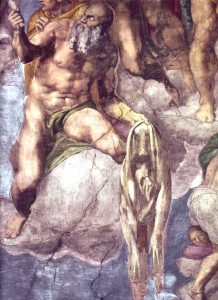
Michelangelo painted his own portrait on the flayed skin held by St Bartholomew – Sistine Chapel, Rome
After the work was finished, Michelangelo had painted more than 300 figure…those figures populate The Creation, Adam and Eve in the Garden of Eden, The Great Flood and The Last Judgment. He also painted his own portrait, on the flayed skin held by St Bartholomew. The Last Judgment was an object of a bitter dispute between Cardinal Carafa and Michelangelo because he depicted naked figures. The artist was accused of immorality and obscenity by the Cardinal …so Michelangelo painted Carafa and all of his personal enemies in Hell in his The Last Judgement… (where they writhe in pain on the great ceiling for eternity!)
As I walked out of the Sistine Chapel, truly dazed from the unspeakable magnificence of the Ceiling and The Vatican itself, I entered St. Peters Square, located directly in front of St. Peter’s Basilica. Guarding the Basilica, were a pair of very serious looking Swiss Guards, wearing traditional dress uniform of blue, red, orange and yellow. Recruits to the guards must be Catholic single males with Swiss citizenship, who have completed basic training with the Swiss military and can obtain certificates of good conduct. Recruits must have a professional degree or high school diploma, must be between 19 and 30 years of age and stand at least 5 feet 8 inches tall. (If you are interested and have proper qualifications, you may apply at the Vatican!)
The following morning as we flew over Rome on our way toward home, I actually (quietly) sang “Arrivederci Roma” to myself. In 12 or so hours, I would be in my own bed and this miraculous journey would become like a dream.
I’m so happy to have shared my travels with you…thank you for taking my hand and hopefully enjoying it with me.
If ever you want to ‘go it’ yourself, I suggest you call my brilliant travel & cruise company– Coastline Travel (800) 448-2374.. Jay Johnson and Carissa Cummings took me to amazing places and kept me safe and sound. My grateful thanks to them.
“We travel, initially, to lose ourselves; and we travel, next to find ourselves. We travel to open our hearts and eyes and learn more about the world than our newspapers will accommodate. We travel to bring what little we can, in our ignorance and knowledge, to those parts of the globe whose riches are differently dispersed. And we travel, in essence, to become young fools again- to slow time down and get taken in, and fall in love once more.”
― Pico Iyer
la fine










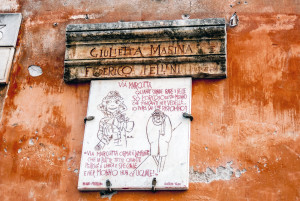
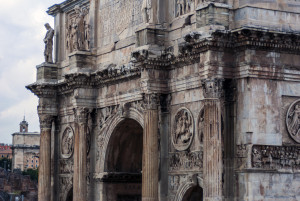

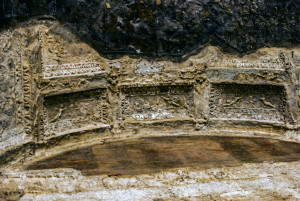
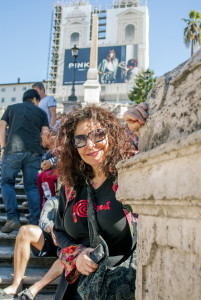
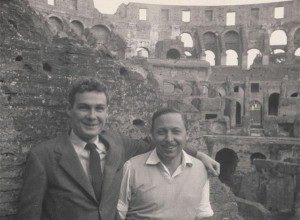
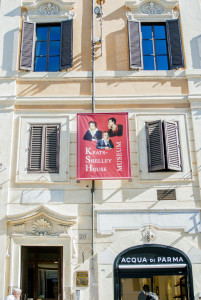

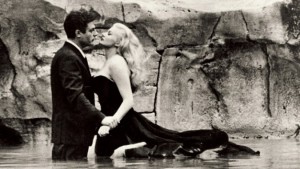
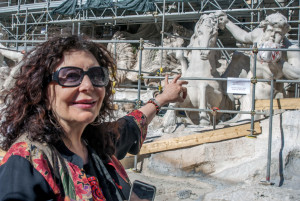
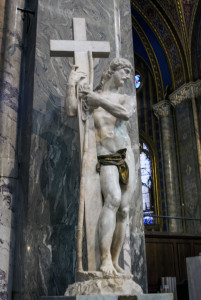
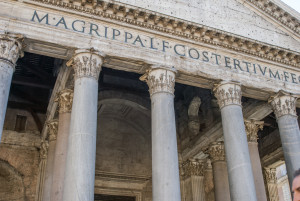
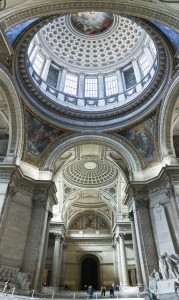
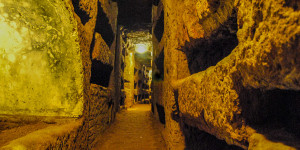
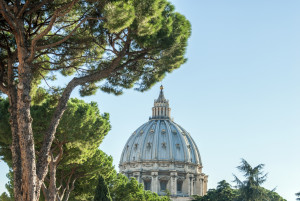
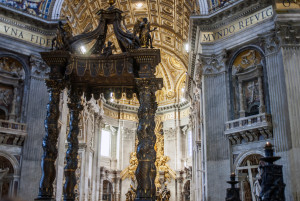
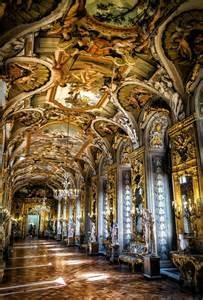
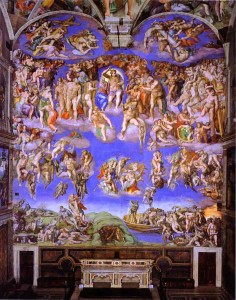

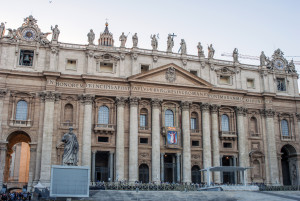
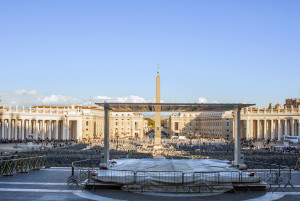
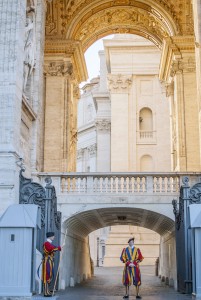


Wonderful journey. Thanks for sharing it with us!
Beautiful post.
Thank you so much for sharing your trip with us. I just found your blog. Your book The Whip is my FAVORITE book of all the books I have ever read (and I’ve been reading a long time – I’m 73.) Please write another historical fiction book!
Maureen, thank you for your wonderful words, very grateful…
-Karen